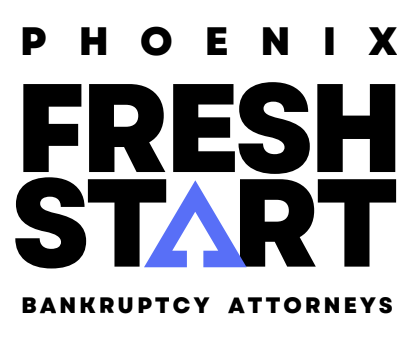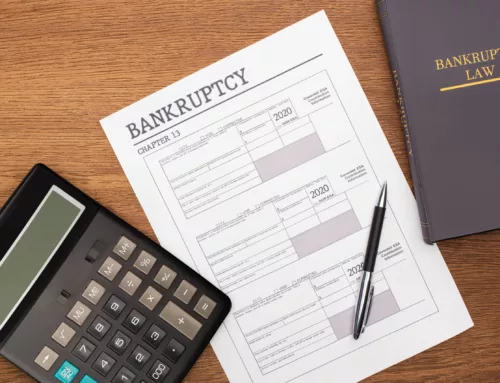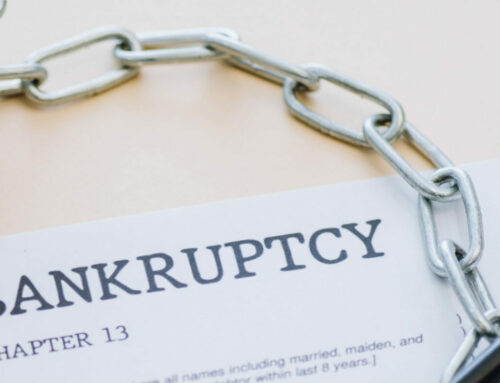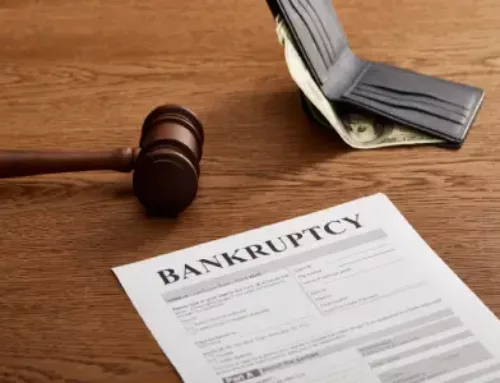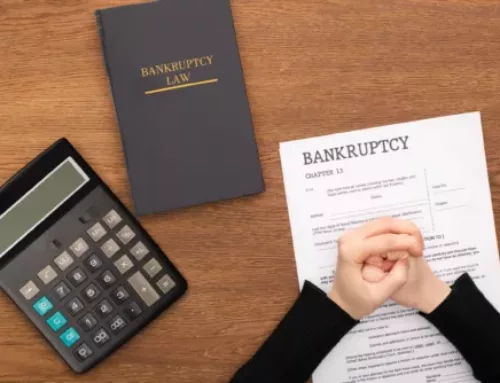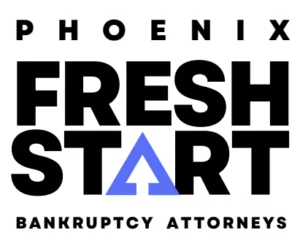A bankruptcy filing allows people who have trouble or totally cannot afford to pay their debts to get a fresh start at life. Such debt-relief can be done by either liquidating assets to cover debts or through a payment plan. Filing a bankruptcy petition is a court procedure covered by federal bankruptcy law. Bankruptcy enables an individual debtor (or even a company, although it is quite a different process) to pay-off or wipeout debts while enjoying bankruptcy protection.
Let’’s take a closer look at the two common chapters of personal bankruptcy. Very broadly: Chapter 7 is for liquidation while Chapter 13 is for reorganization. In Chapter 7, you are asking the federal bankruptcy court to take into account would-be liquidated assets for your unpaid debts. Meanwhile, under Chapter 13, debt-settlement will be mainly through a repayment plan. You will propose to reorganize your debts and fully or partially pay back whatever you owed. Note, however, that it is difficult to have a student loan, a tax debt, fines, or alimony or child support debts dismissed even after bankruptcy is filed.
An automatic stay will immediately be effective when you file bankruptcy. It forbids creditors to take any steps to collect or recover what you owed them. However, if the stay is lifted by the bankruptcy court, debt collectors are permitted and will likely be proceeding to contact you for debt-repayment.
 When you file bankruptcy under Chapter 7, you request the bankruptcy court to discharge most of the debts that you have. The bankruptcy trustee can retrieve properties that were not excluded or tagged as exempt. These will be sold and the proceeds will be distributed to creditors in exchange for the debts that would be discharged. On the other hand, under Chapter 13 bankruptcies, you will submit a repayment plan. The payment that would be expected depends on the amount you make, the amount you owe, and the properties you possess.
When you file bankruptcy under Chapter 7, you request the bankruptcy court to discharge most of the debts that you have. The bankruptcy trustee can retrieve properties that were not excluded or tagged as exempt. These will be sold and the proceeds will be distributed to creditors in exchange for the debts that would be discharged. On the other hand, under Chapter 13 bankruptcies, you will submit a repayment plan. The payment that would be expected depends on the amount you make, the amount you owe, and the properties you possess.
In a Chapter 7 filing, you refer to state law and state bankruptcy provisions on an exemption. You choose from certain kinds of properties that you are entitled to keep. Although the list of exemptions may vary from state to state, you are usually permitted to keep properties under the following categories: equity in your home or homestead, insurance, retirement plans, personal property, and public benefits. Under Chapter 13, you do not lose any property or face repossession since you finance your payment plan through your profits.
Before filing for bankruptcy, you must first complete all requirements to be eligible for either of the above types of bankruptcy. The bankruptcy process you will opt for will largely depend on the types of debt you have.
Following the bankruptcy act, if the petitioner’s income is greater than the median salary for their family size, he or she will not be permitted to file a Chapter 7 bankruptcy. If the total disposable income, after authorized expenses and required debt payments are subtracted, is enough to pay all unsecured debts within five years, the petitioner will likely be asked to file a Chapter 13.
Declaring bankruptcy under Chapter 7 is the more common option because, in contrast to Chapter 13, qualified filers are not expected to repay their debts. However, Chapter 13 could also be the better option depending on the situation you are in.
Confused about which type of bankruptcy to file for in Arizona? Call our experienced bankruptcy attorneys at Phoenix Fresh Start Bankruptcy Attorneys for legal help and a free consultation.
